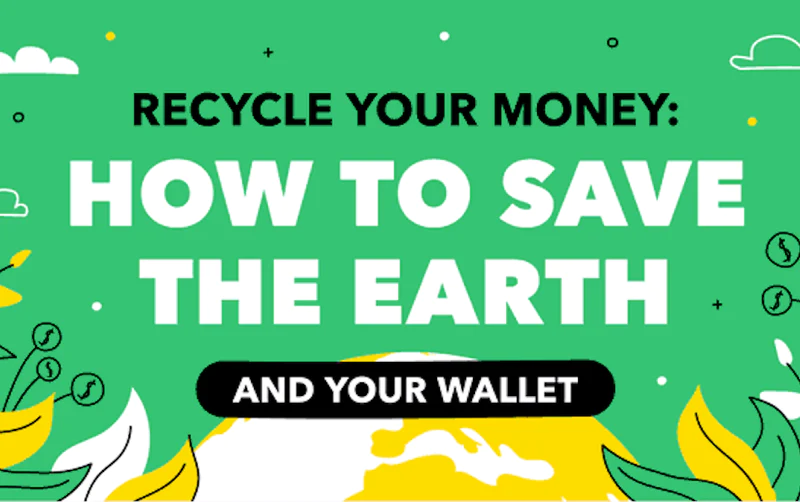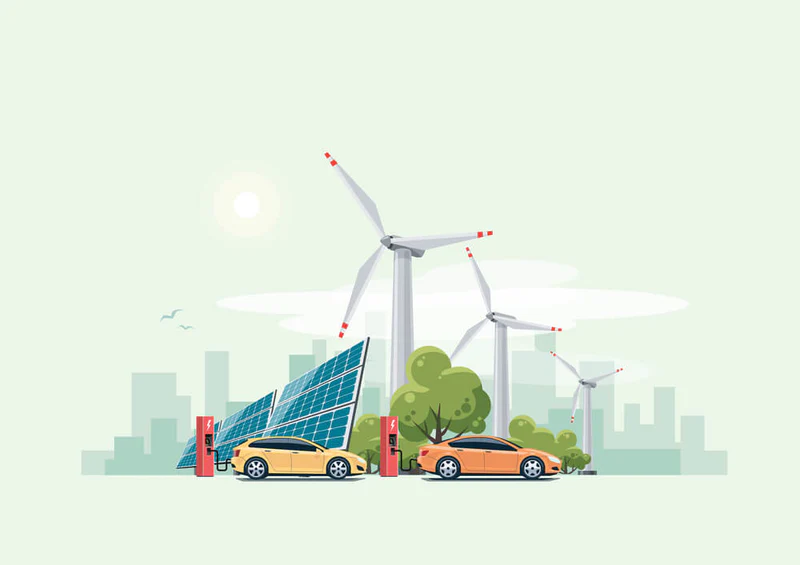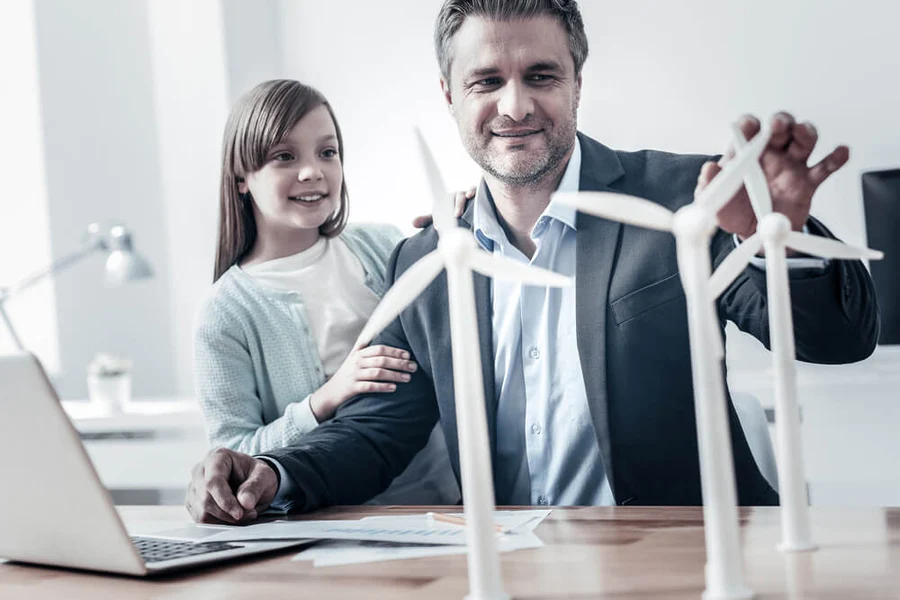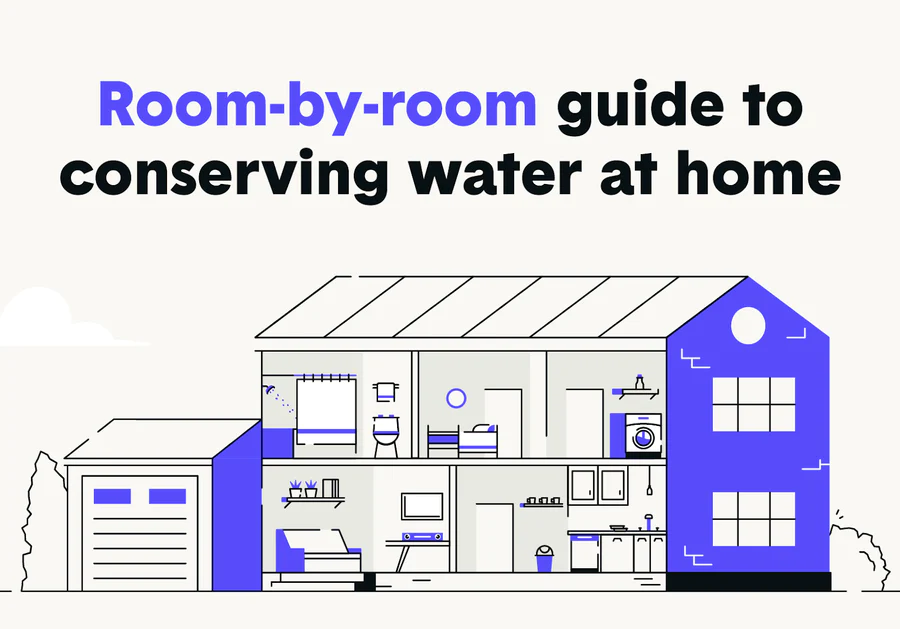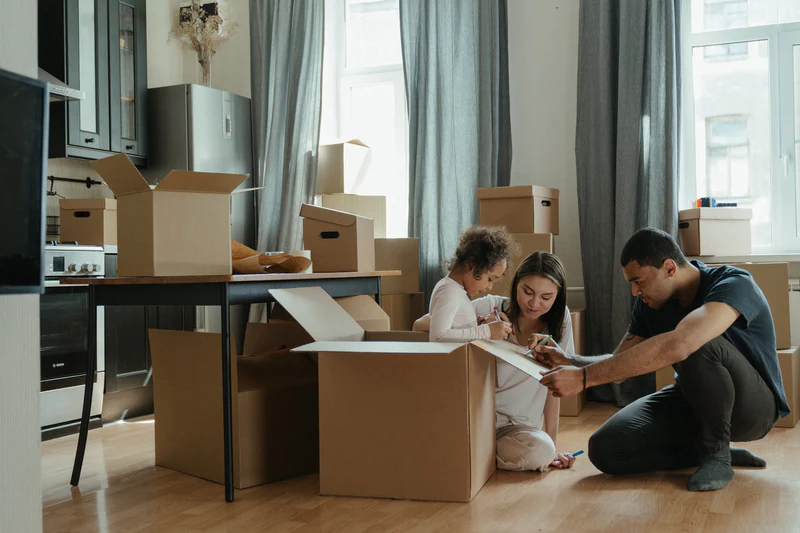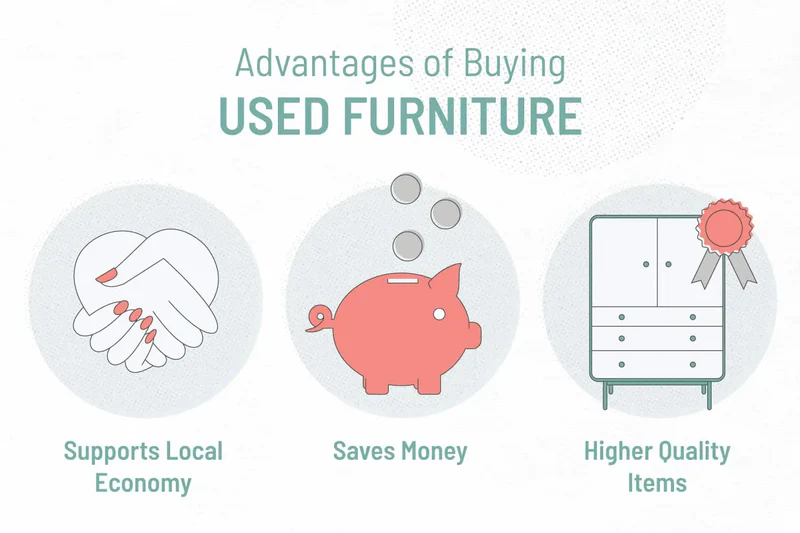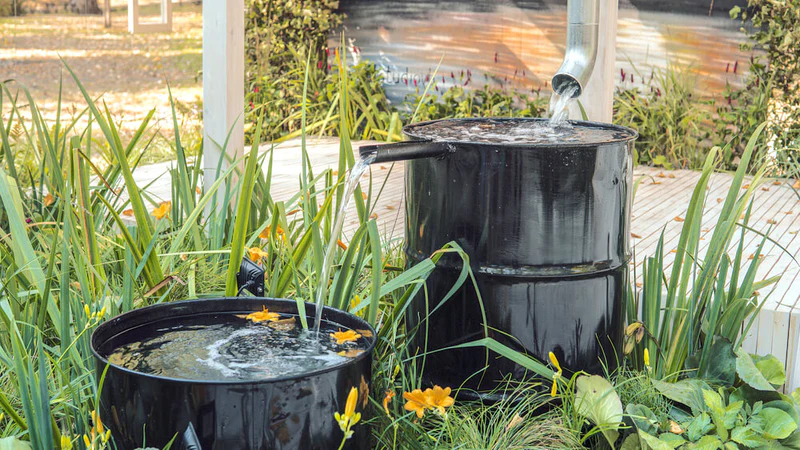Recycling For Profit: Turn Trash Into Cash
Trying to get your head around what the “turn trash into cash” saying means?
What if we told you could make money while staying in the comfort of your home by getting paid to recycle?
Well, you sure can! And if you are curious to discover how, join us today as we discuss how recycling can turn out to be not only beneficial for the environment, but also profitable for your wallet. So if you are looking to save up a little extra this season, let’s look at some surprising things you can do with your everyday junk.
Best Way To Turn Your Trash Into Cash
With the holiday’s approach, you may be looking for extra spunky ways to earn a little extra cash. Whether you’re looking to pay down debt, spend a little more on holiday gifts, or build up your savings account, there are some fun and interesting ways to do so. And it may be even easier than you imagine.
What is trash to cash?
There are lots of ways to turn trash into cash! For starters, top money making recyclables may just be the things you throw away regularly. But did you know that there are companies willing to pay good money for the items you are tossing away without a second thought? As surprising as it may seem, there are many businesses that see waste as a resource. And the way these companies make a significant amount of money from cleaning up your community, is by collecting garbage, recycling, composting, and disposing it after.
What can I recycle to make money?
As the old saying goes, “One man’s trash, another man’s treasure”, objects like plastic bottles, aluminium cans, wine corks, old electronics, scrap metal, cardboard boxes, or ink cartridges can turn out to be valuable recyclable materials you can use to turn trash into cash. So if you have unwanted items lying around your home, do some research to see if it’s worth any money.
For instance, apps like Decluttr, and Letgo are easy ways to make money off your full trash cans. Decluttr allows you to buy and sell your used technology and books to get rid of items that don’t serve you, while Letgo lets you post items you don’t want anymore for sale (and all around the world)!
If you’re interested in getting started with turning trash into cash, check out our animated infographic below. And while working towards your financial goals, always check-in on your budget (and make it easy on the fly).
If you liked our post about how to turn trash into cash, and are looking for more ways to protect the earth and turn your life unplastic, follow our sustainable living blog. And if you are curious to discover how to reduce single use plastic at home, why not browse through our collection of reusable shopping bags.
